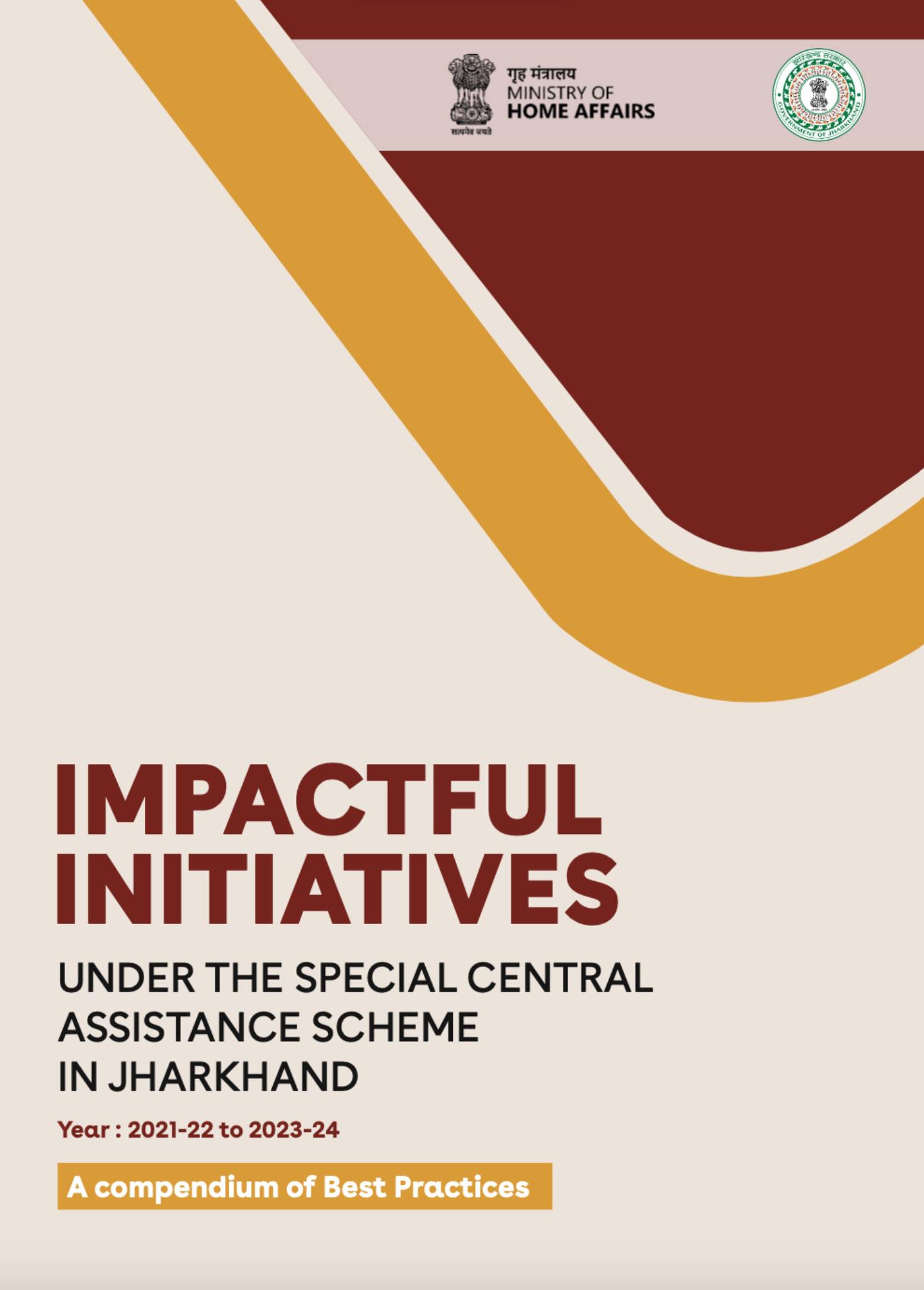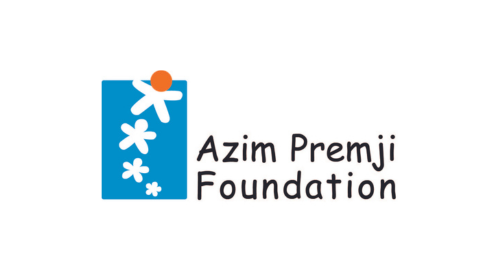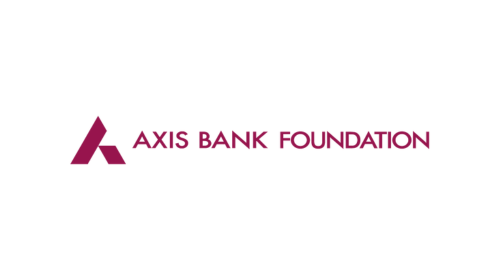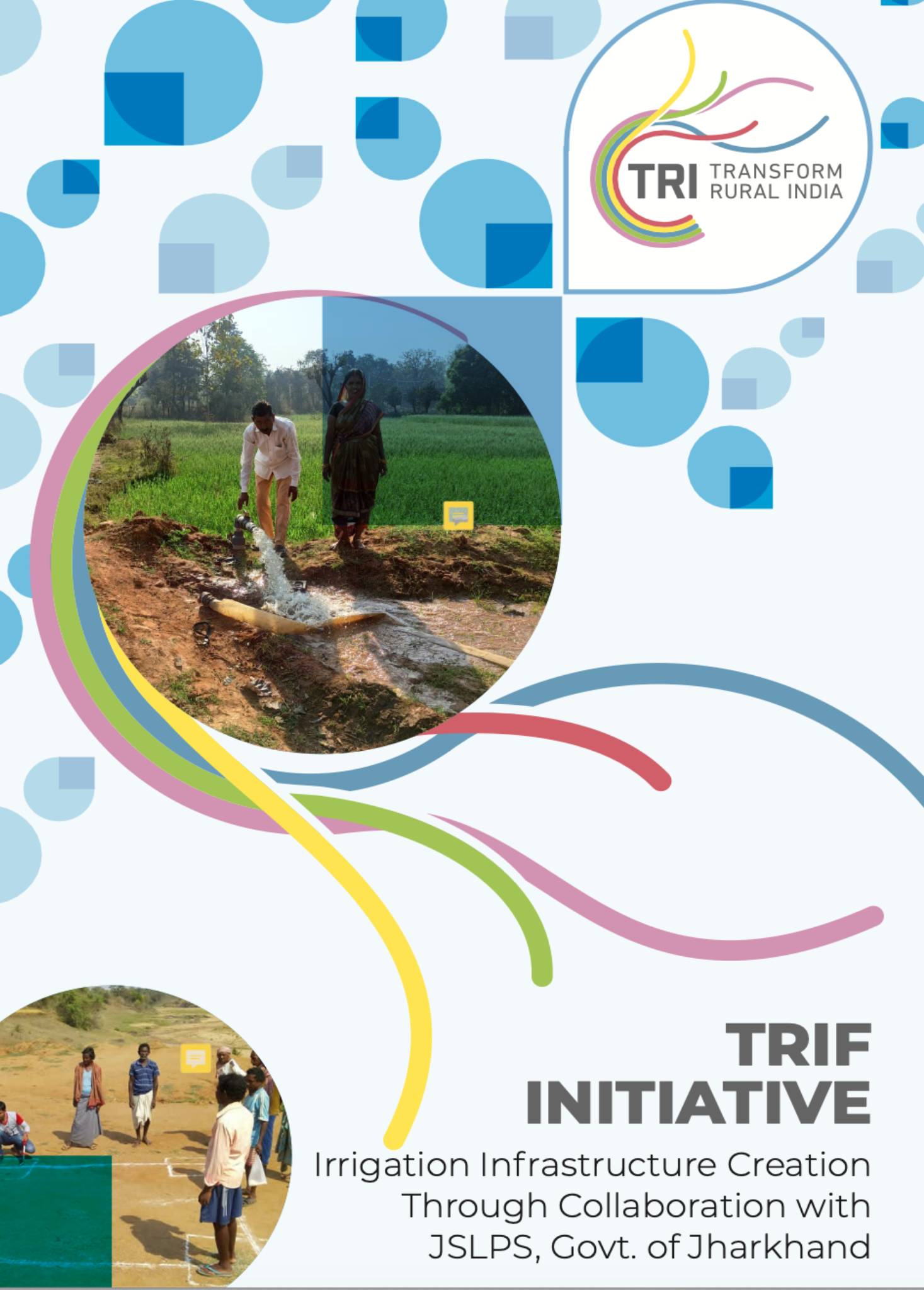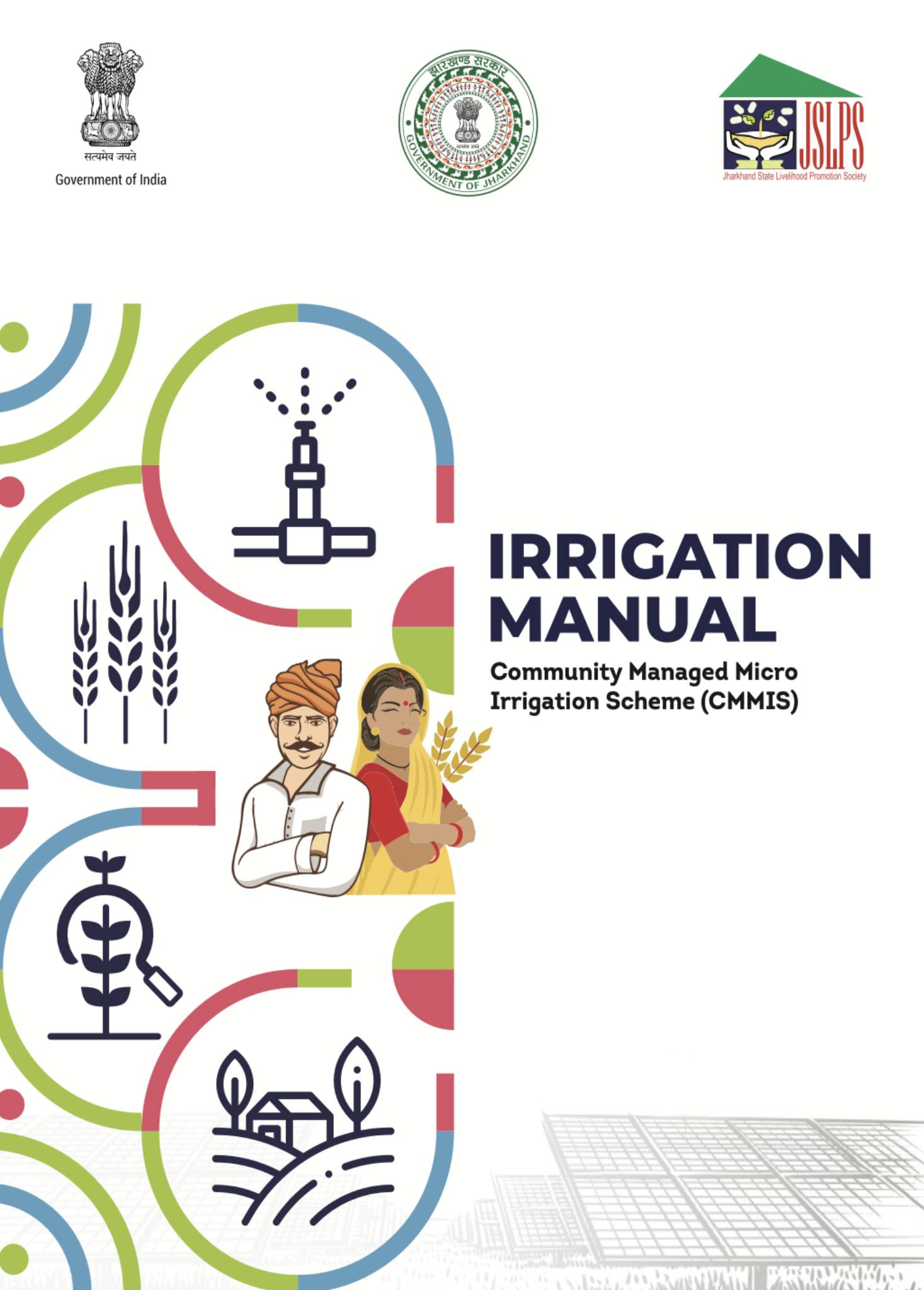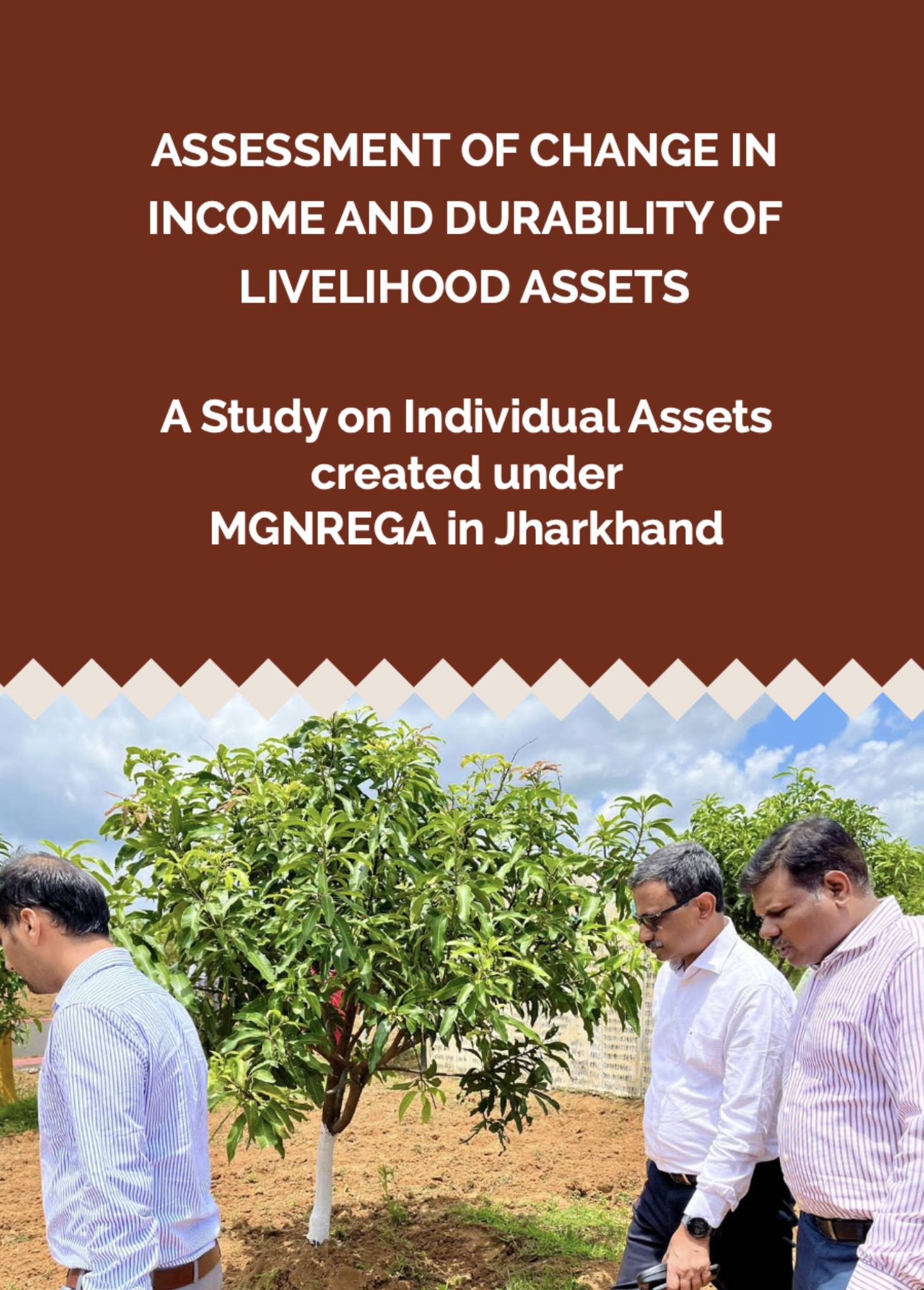Special Central Assistance Scheme is a sub-scheme categorised under ‘Modernisation of Police Forces’, which addresses the district’s critical infrastructural gaps and development deficits. The scheme is implemented by the District Level Committee led by the Deputy Commissioner, consisting of the Superintendent of Police and the District Forest Officer. The District Level Committees prepare and approve the shelf of works and monitor progress on the ground with support from the PPIA Fellows placed by the Department of Home, Prison and Disaster Management, GoJ.
The lack of access to basic amenities in interior areas has contributed to increase LWE incidents. Special Central Assistance Scheme has accelerated its efforts to bridge the deficits and restore faith among local communities into development plans of the government.
Jharkhand has a concentrated tribal population, hilly topography, and undulating terrain with relatively low population density. The district administration is providing infrastructure and public services to LWE-affected areas through the Special Central Assistance Scheme fund. It has also ended discriminatory manifestations of governance, universalized basic services, and provided sustainable livelihood opportunities.
Youth employment is a global challenge. Of the 1.8 billion youth worldwide, a third are out of school, unemployed or working in informal jobs. 90 percent live in developing economies, and three in four are women. In the face of growing unemployment, youth are grappling with the changing nature of work, automation, digitization, etc., alongside population shifts, health crises, climate change, conflict, urbanisation, etc.
India has ~378 million young people. Two out of three live in rural areas, and are largely disconnected from India’s story of economic growth, with women and youth disproportionately affected. Rural India makes up 70 percent of the country’s population, but only contributes about 46 percent towards the country’s GDP, with ~80 percent employed in agriculture and allied activities.
India’s rural youth have the potential to be the drivers of our economy. But how do we unlock this potential? The first step is to listen to young people – and this report captures the voices of rural youth from across the country, their aspirations and challenges, and desired services and areas of support – segmented by gender, age, and employment status, with the objective to yield actionable insights for stakeholders within the rural youth employment ecosystem.
It is with great pleasure and pride that we present this compendium of case studies showcasing the resounding success of the CMEGP. Transforming Rural India (TRI) has been instrumental in supporting the implementation of this scheme, through their design, analysis and strategy support unit.
The CMEGP has proven to be a powerful tool in generating employment opportunities and fostering the growth of micro-enterprises in rural areas. We have witnessed first-hand the positive impact it has had on the lives of young people, transforming their futures and empowering them to contribute significantly to our rural economy.
This compendium is a testament to the dedicated efforts put forth by the government, our partners, and the communities involved. It highlights the transformative power of providing employment opportunities and encouraging entrepreneurship, particularly in tribal regions where development has often been a challenge.

